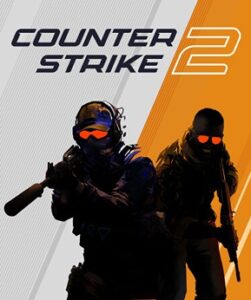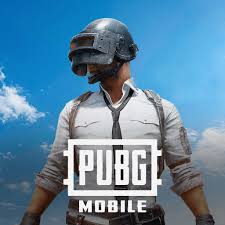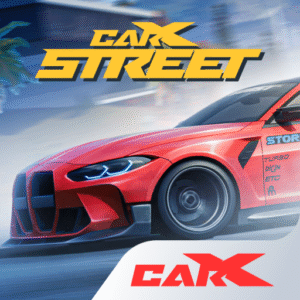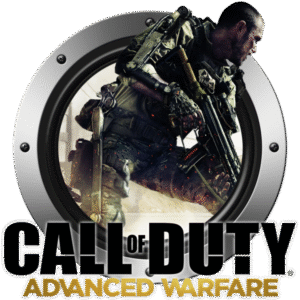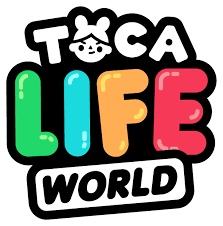From Pixel Art to a 3D Live-Service World: Why ‘Moonlighter 2: The Endless Vault’ Is a Total Overhaul
Popular Now
 Fortnite
Fortnite
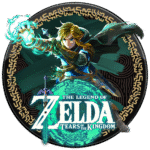 The Legend of Zelda
The Legend of Zelda
 R.E.P.O
R.E.P.O
 NBA 2K24
NBA 2K24
 Poppy Playtime
Poppy Playtime
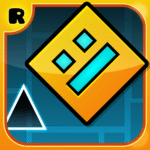 Geometry Dash
Geometry Dash
 Minecraft
Minecraft
 Free Fire
Free Fire
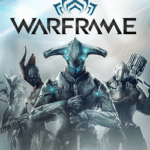 Warframe
Warframe
 BeamNG.drive
BeamNG.drive
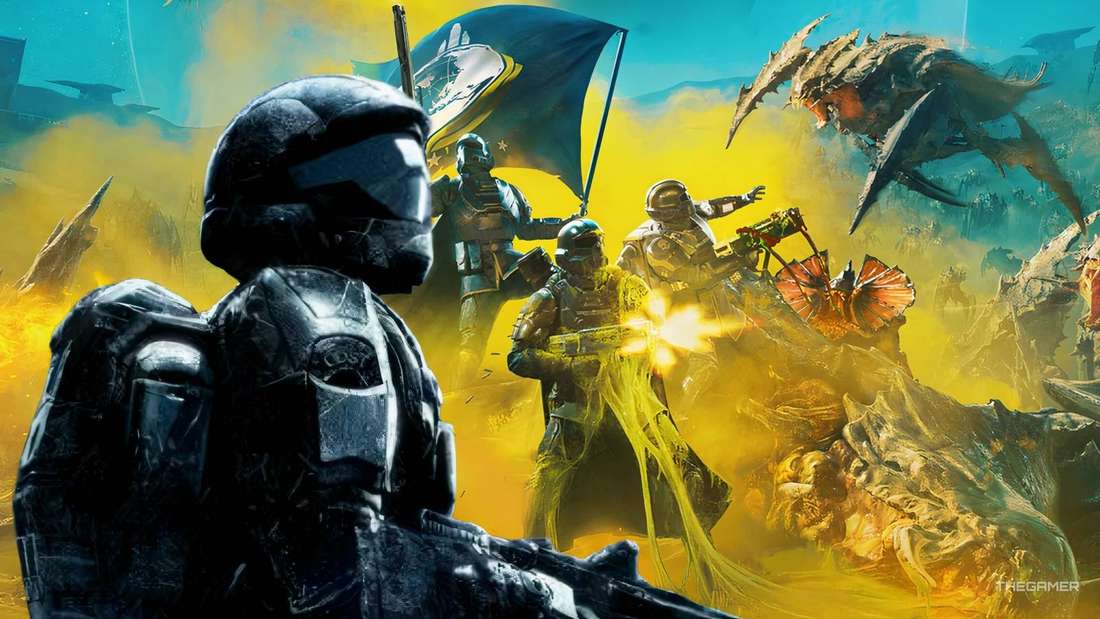 The highly anticipated sequel to the beloved indie hit, Moonlighter 2: The Endless Vault, is poised to be more than just an iteration; it is a complete, fundamental redesign that places it in the company of revolutionary sequels like Helldivers 2 and Risk of Rain 2. Developer Digital Sun has taken the dual-loop formula—shopkeeper by day, dungeon-crawler by night—and elevated every single aspect, embracing modern roguelike and live-service mechanics to deliver a truly fresh, high-value experience. With the game launching into Early Access on PC on October 23, 2025, the excitement is palpable among the management-sim and action RPG communities.
The highly anticipated sequel to the beloved indie hit, Moonlighter 2: The Endless Vault, is poised to be more than just an iteration; it is a complete, fundamental redesign that places it in the company of revolutionary sequels like Helldivers 2 and Risk of Rain 2. Developer Digital Sun has taken the dual-loop formula—shopkeeper by day, dungeon-crawler by night—and elevated every single aspect, embracing modern roguelike and live-service mechanics to deliver a truly fresh, high-value experience. With the game launching into Early Access on PC on October 23, 2025, the excitement is palpable among the management-sim and action RPG communities.
This transformation is not just a coat of paint; it is a structural revolution, ensuring Moonlighter 2 has the depth and replayability demanded by today’s most engaged gaming audiences. The shift from 2D pixel art to a gorgeous, detailed 3D environment is the most obvious change, but the true evolution lies in the systems that govern both the shop and the dungeons.
RPG DNA Rewritten: The Helldivers and Risk of Rain Blueprint
The most successful sequels of the last few years, particularly in the cooperative and roguelike space, have understood that evolution means more than just graphical improvements. Risk of Rain made the dramatic leap from a 2D side-scrolling roguelike to a 3D third-person shooter in Risk of Rain 2, successfully translating its hectic, item-stacking core identity into a completely new dimension. Similarly, Helldivers 2 discarded the top-down perspective of its predecessor for a third-person cooperative shooter, creating a dynamic Galactic War driven by community action and an evolving story—a live-service model done right, driven by player actions rather than predatory microtransactions.
Moonlighter 2 follows this bold trajectory, retaining the core loop while injecting rogue-lite principles into every system, significantly boosting its replay value and potential for ongoing content, a key driver for high CPC keywords related to “best loot games” and “endless content.”
Dungeon Overhaul: A Roguelike ‘Build’ Within the Vaults
The dungeon-crawling aspect, which focuses on Will, the hero-merchant, is no longer a straightforward procedural affair. It now incorporates complex systems that mirror the item synergy and in-run progression of a pure roguelike like Risk of Rain 2.
- In-Run Perks and Blessings: Each expedition into the portals of the Endless Vault now features run-to-run blessings and unique perks. These change fundamental elements of the run, forcing players to adapt their combat and looting strategy, thereby ensuring no two runs feel the same. This is a massive improvement on the original’s sometimes repetitive grind.
- Loot as a Roguelike Puzzle: The backpack management—the core risk-reward system of the first game—has been profoundly revamped. Loot items now possess unique properties that can interact with other items in your inventory. For instance, some loot might burn adjacent items, a disadvantage that can be turned into a boon by relics that grant bonuses for destroyed or burned goods. This makes managing the inventory a delicate, active puzzle, forcing interesting decisions beyond mere value assessment.
- Expanded Combat and Weapons: The new 3D environment allows for a deeper, more varied combat system. The addition of new main weapon archetypes, coupled with nearly 100 shop and dungeon perks, ensures that players have genuine build diversity. The inclusion of new mechanics like a “backpack swing” for enemy staggering adds tactical complexity that simply wasn’t possible in the 2D plane.
This systematic overhaul transforms the dungeon crawl into a compelling, high-stakes action RPG with a fresh rogue-lite core, appealing directly to the highly engaged audience that drives significant gaming content viewership.
Shopkeeping Revolution: The Management Sim Evolves
The most unexpected and significant innovation comes in the shop management phase. The developers have applied a roguelike mindset to the daily operations of the shop, turning selling from a simple transaction into a strategic mini-game.
- The Shop ‘Run’: The core mechanics of manually setting item prices and tracking market fluctuation—elements that could become a tedious grind in the first game—have been streamlined or replaced. Items now have a fixed cost, but the focus shifts to accumulating and spending Boost and Charm tokens throughout the day.
- Shop Perks and Build Synergy: Over the course of a day, Will gains shop perks that interact with these tokens. For example, a perk might enhance the power of a price Boost if a Charm token was previously used on the same customer. This creates an emergent, build-focused layer to the shopkeeping, turning the previously passive management phase into an active, frantic, and strategic management sim where players seek to discover the optimal haggling styles and perk synergies.
- Streamlined Progression: Crafting items are now separated from sellable loot, meaning they don’t clog up valuable backpack space or create the friction of choosing between profit-chasing and character progression. This is a massive quality-of-life improvement that allows players to focus on the most engaging systems.
Moonlighter 2: The Endless Vault is successfully leveraging the lessons learned from games like Helldivers 2 and Risk of Rain 2: a sequel should be a re-imagining, not just an expansion. By taking the core DNA and placing it in a new dimension with exponentially deeper, more interconnected systems, Digital Sun is poised to redefine the shopkeeper RPG genre and create a live-service game that earns its place alongside the greats of modern gaming evolution.
The question for the market is clear: are gamers ready for a shop-run roguelike where the management phase is as strategic as the dungeon crawl?

